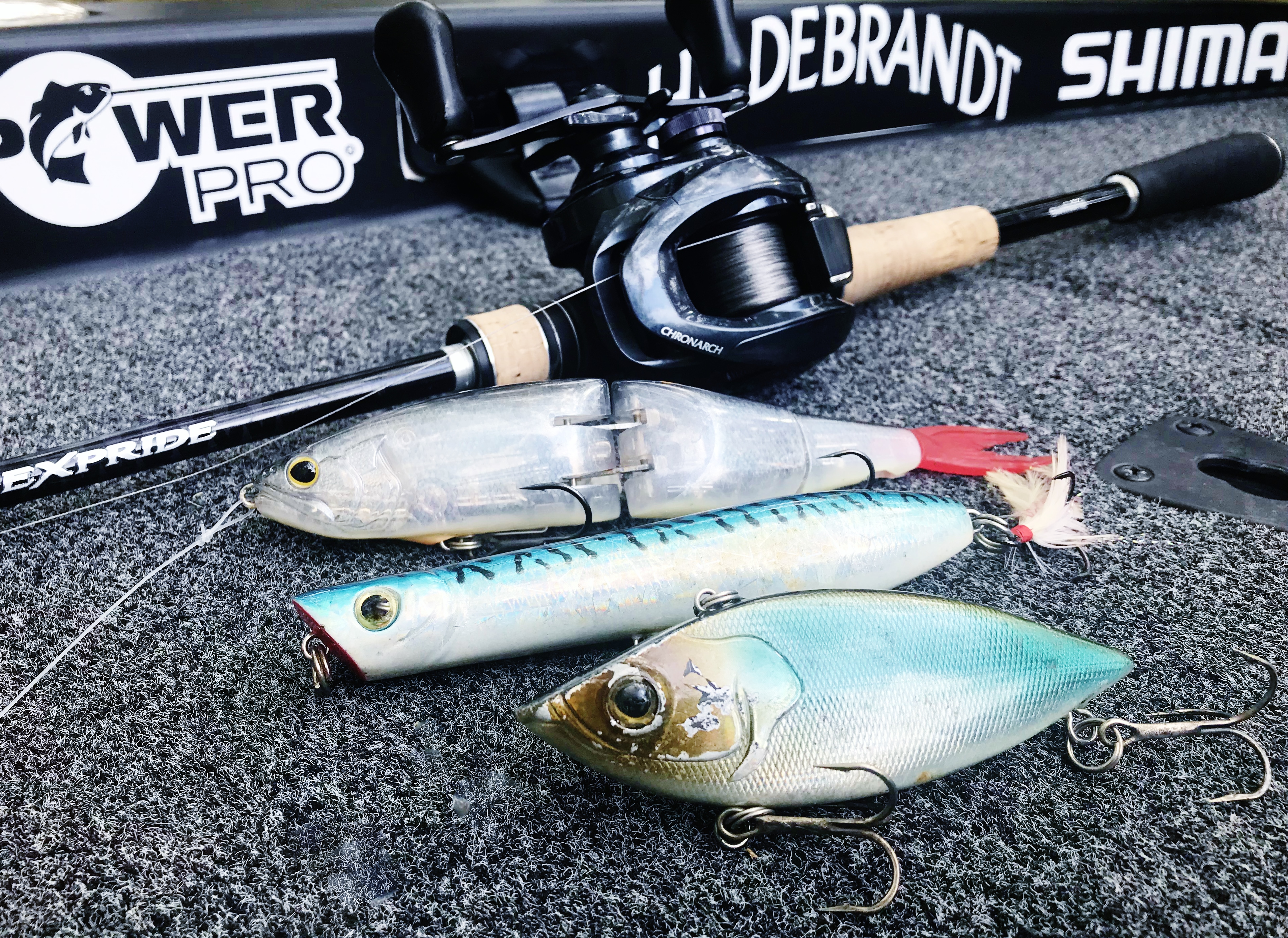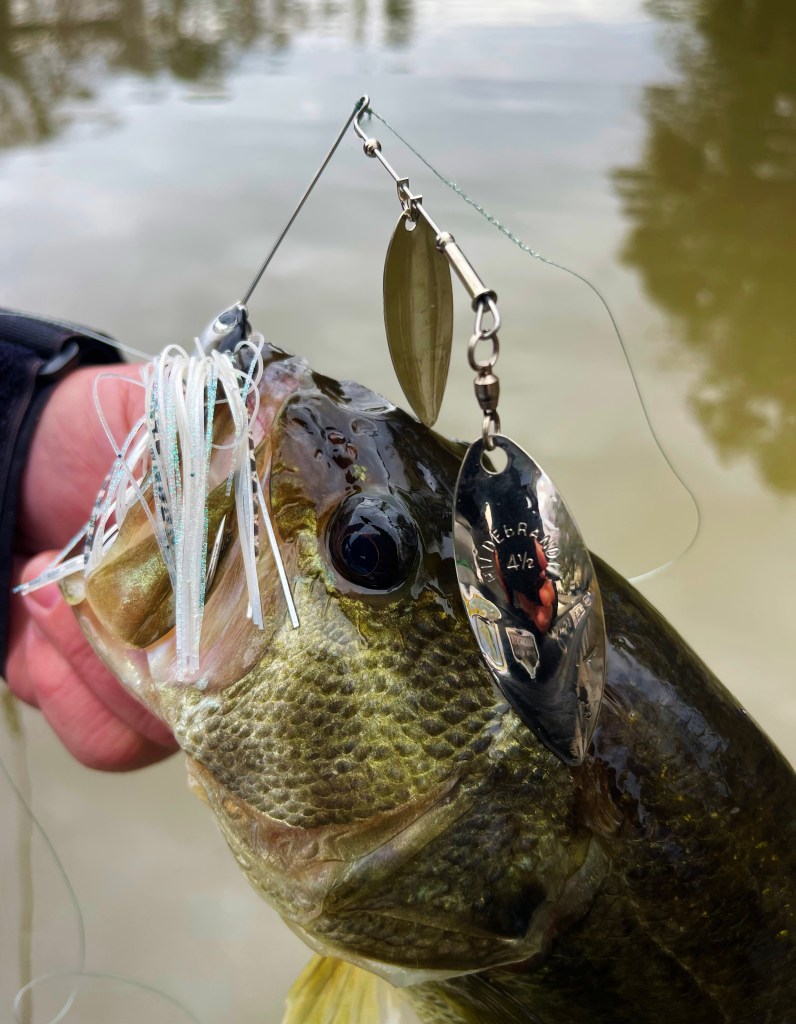
When considering the physical characteristics of our lures, most of us think of size, color, action and, in some cases, sound. But what about shape or profile?
If you’re trying to match the hatch, the overall shape and profile of a lure should also be of prime concern. Whether it’s a crawdad, shad or bluegill you want the lure to represent, profile becomes a key factor in fooling the fish.
Take schooling bass for instance. If the forage the bass are feeding on are large, then you’re likely to have more success using a large-profile lure. The same is true with small forage. Small shad, small profile lure. And that goes for nearly every type of lure you choose.
Only until I feel I’ve accurately matched the size and profile of the forage the bass are targeting, then will I consider a lure’s color, action or sound. It’s mattered so many times over my career — the subtlest variances can make a huge difference.
Case in point
Many years ago, I was competing in a Golden Blend National Championship on Lake Chickamauga. This was just before the circuit was rebranded as the FLW Tour. I was traveling with fellow pro Jim Bitter back then, and, after a few days of scouting the lake, we both decided schooling bass offered our best chance for success.
The fish we found weren’t big, but they were plentiful and predictable — they were schooling in the same spots repeatedly throughout the day. And though we had dialed in on the better quality schools, catching them proved to be a serious challenge. They were so keyed on a specific-sized shad, almost nothing would fool them.
I tried every schoolie trick I knew, but it wasn’t until Jim tied on something so obvious and ordinary … amazingly, it proved to be the perfect solution.
His magical lure was nothing more than a 1/2-ounce Hildebrandt spinnerbait called “The Blade” — a lure I had designed for clear water grass fishing in Florida. And of the various blade configurations to choose from, he randomly selected one featuring a trailing No. 4 1/2 willowleaf blade in nickel-silver.

To that point, a spinnerbait wasn’t even on my radar. But when Jim made his first few presentations, it was as if he had switched to live bait.
Repeatedly, the fish fell for the spinnerbait — whose head and blade size perfectly matched the profile of the threadfin shad the bass were feeding on. Seeing Jim’s success, I tied one on as well and quickly gained a ton of confidence with it.
That night I assembled a number of backup baits for each of us — all of them with the same blade configuration.
The first morning of competition, we raced to our respective starting spots and commenced to whaling on them. It was so easy. Fishing within visual range of each other, we both were culling within minutes … and we continued to do so throughout the remainder of the day. Day 2 went exactly the same.
Back then, Chickamauga was known more so for its numbers — not big fish. Knowing that, we felt it would be a game of attrition, wearing down the competition. And though we battled other anglers working the same schools, it was no contest. Jim and I outlasted every one of them, finishing first and second respectively. All because of a blade bait that perfectly matched the profile of the baitfish the bass were so selectively feeding on.
Another example
Some years ago, the Elite Series visited Lake Wheeler in North Alabama. Again, the bass were schooling. But this time, they were much bigger and chasing large gizzard shad.
Seeing that, I eliminated a bunch of baits, eventually settling on two — a large profile pencil popper and a 1 1/4-ounce lipless crankbait I had purchased in Japan years before. Although very different in design, the two lures shared some common features. Both were highly reflective and contained large, single-knocker sound chambers.
Perhaps more important, however, both had very large profiles.
The gizzard shad the bass were chasing were 6 to 7 inches in length, swimming over shallow bars alongside the main river channel. The action was sporadic and hard to keep up with. At times, I was forced to make marathon casts to reach them … which having heavy, large-profile lures enabled me to do. When I did connect with the school, the bites were vicious. And like Chickamauga, I was competing against others fishing the same area. Slowly but surely, however, I was able to eliminate the competition around me — simply by catching the larger fish. And that ultimately led to a top 10 finish.
Although they shared other features, I’m certain my success was due to choosing lures with such large profiles.
Summary
So the next time you’re trying to match the forage the bass are targeting, give profile some consideration. It could separate you from the field before you even make your first cast.
Follow Bernie Schultz on Instagram, Facebook and through his website.





